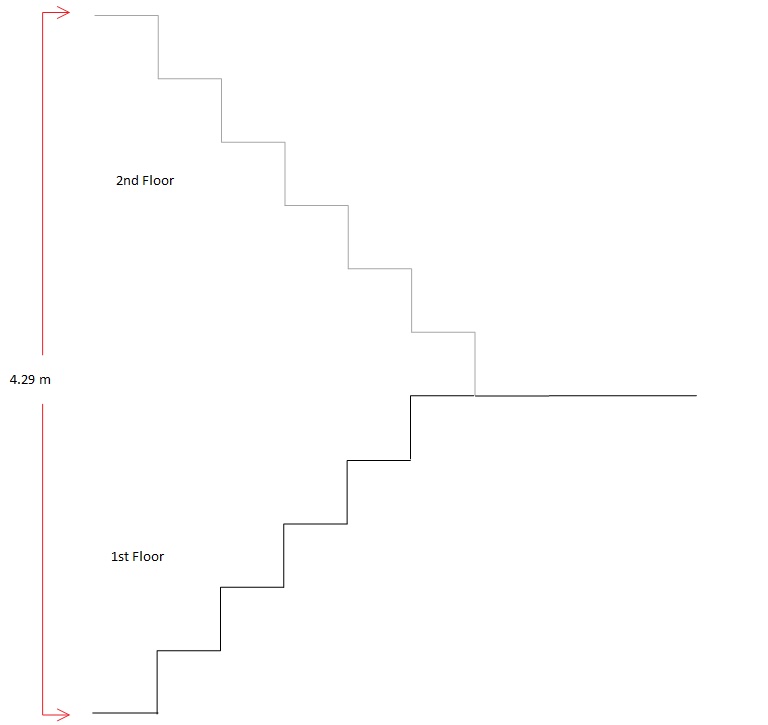Hooke’s Law and the Simple Harmonic Motion of a Spring
Purpose: To determine the force constant of a spring and to study the motion of a spring and mass when vibrating under influence of gravity.
Equipment: Spring, masses, weight hanger, meter stick, support stand with clamps, motion detector, LabPro interface, wire basket. Introduction: When a spring is stretched a distance x from its equilibrium position, it will exert a restoring force directly proportional to this distance. We write this restoring force, F, as:
1) F = -kx
where k is the spring constant and depends on the stiffness of the spring. The minus
sign remind us that the direction of the force is opposite to the displacement.
Equation 1 is valid for most springs and is called Hooke’s Law.
If a mass is attached to a spring that is hung vertically, and the mass is pulled down
and released, the spring and the mass will oscillate about the original point of
equilibrium. Using Newton’s second law and some calculus we can show that the
motion is periodic (repeats itself over and over) and has period, T (in sec), given by
2) T = Square root of 4pie^2/k (m)
where m is the mass supported by the spring.
Procedure: We began by hanging a spring on to a rod and measuring the positon of the lowe end of the spring. We then placed a 350 gm mass on the spring and observe its positon. Then we continued to do this for masses of 450, 550, 650, 750, 850, 950, 1050, recording how far the spring stretched for each mass. The results were as follows;
Y- axis X - axis Using equation 1 F= - kx
no wight 0 displacement we got 2.35 kg = K
350 15 cm
450 19 cm converting to newtons 23.5 N
550 23.5 cm
650 28 cm
750 32.5 cm
850 36.25cm
950 41 cm
1050 44.5 cm
We then turned on the logger pro and began to collect data on a positon vs time graph. We hanged each mass and stretched it 10 cm. WE release the masss and abserved teh subsequent motin. We allowed for 5 cycles and calculated teh period of motion. Repeating this steps we were able to create a data table which gave us average T and m values. Using tyhe data for the last trial with
M = 1050 g
we fited the data to a sinusoidal function using the analyze/ Curve Fit option. From this we were able to determine the period of the amplitude.


Conclusion: We had trouble with our units. For some reason when we plug in our numbers in to equation two we got a number that was way off. So we couldnt tell if we had goten the first equation wrong which seems almost imposible because its just the force (weight) x the displacement ( strech). So when we compared our k value in part 1 with the one in part two we got a 15 unit difference.


























